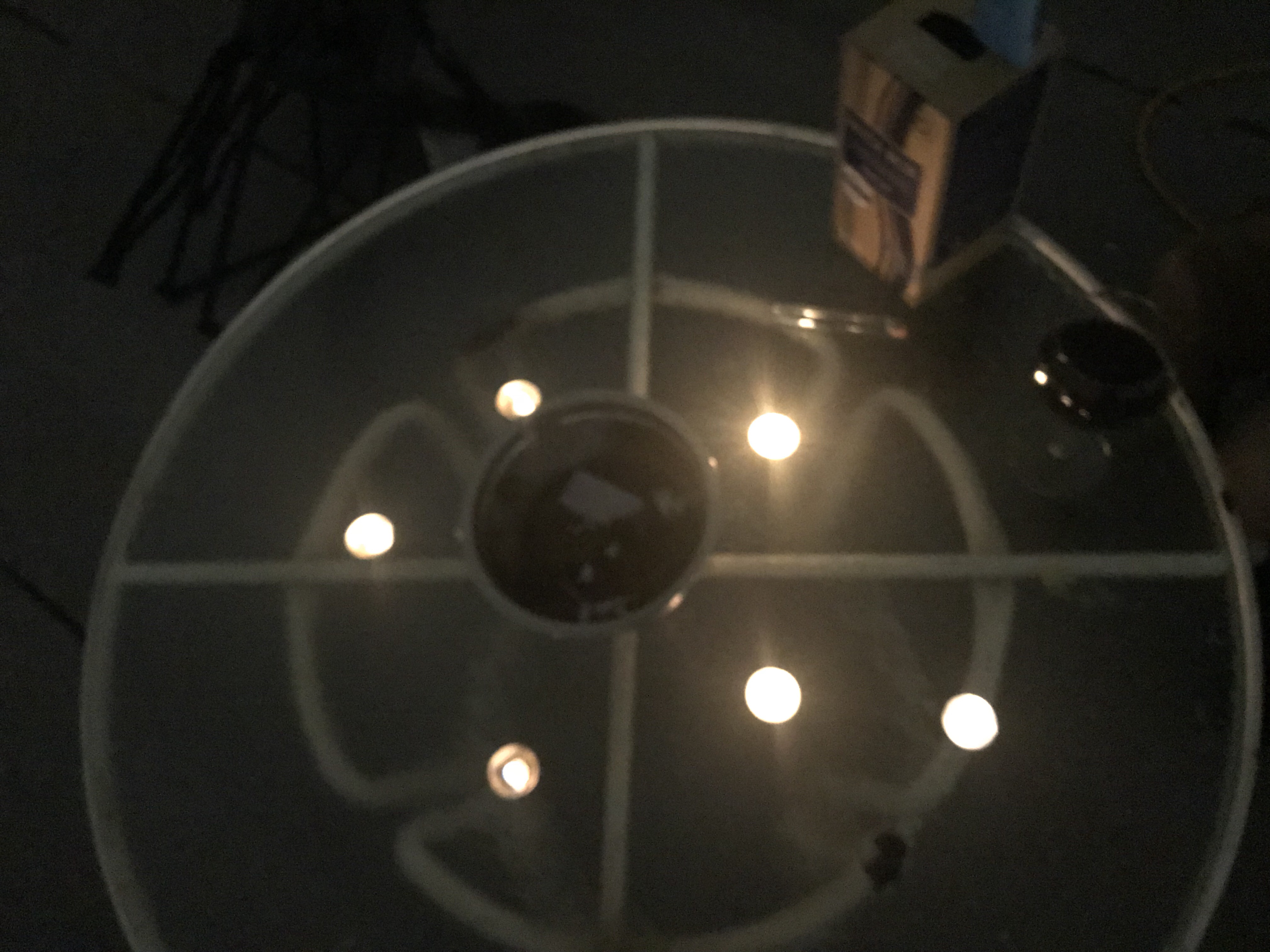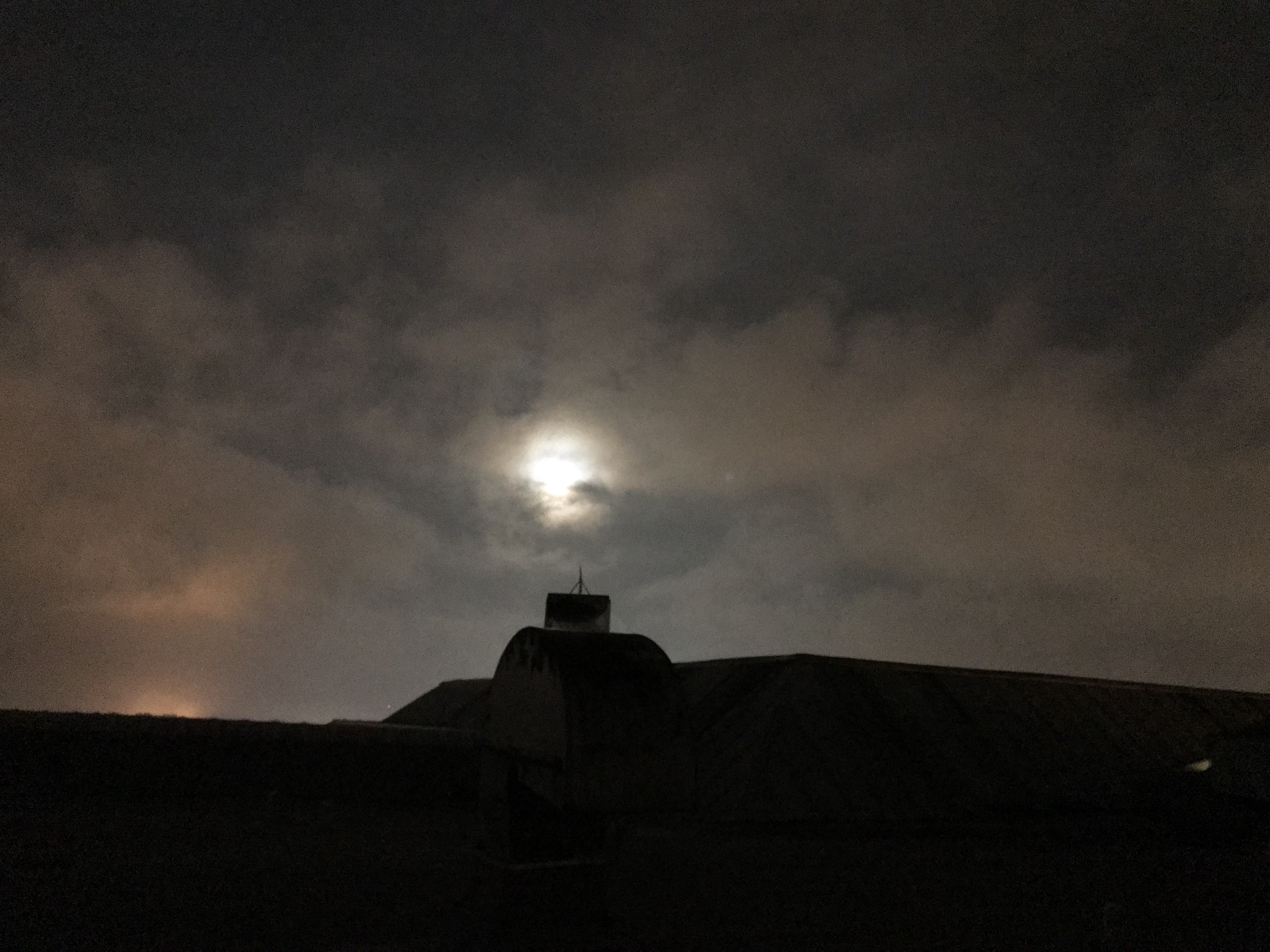Welcome to WordPress. This is your first post. Edit or delete it, then start writing!
Category: Uncategorized
-Nebkheperure-B.S.K.
What is Paganism?
Paganism
From Wikipedia, the free encyclopedia
“Pagan” and “Heathen” redirect here. For other usages, see Pagan (disambiguation) and Heathen (disambiguation)
Paganism (from Latin paganus, meaning “country dweller”, “rustic”)[1] is a blanket term used to refer to various polytheistic religions. The group so defined includes most of the Eastern religions, Native American religions and mythologies, as well as non-Abrahamic folk religions in general. More narrow definitions will not include any of the world religions and restrict the term to local or rural currents not organized as civil religions. Characteristic of pagan traditions is the absence of proselytism and the presence of a living mythology which explains religious practice.[2]
The term “pagan” is a Christian adaptation of the “gentile” of Judaism, and as such has an inherent Abrahamic bias, and pejorative connotations among Western monotheists,[3] comparable to heathen, and infidel also known as kafir (كافر) and mushrik in Islam. For this reason, ethnologists avoid the term “paganism,” with its uncertain and varied meanings, in referring to traditional or historic faiths, preferring more precise categories such as polytheism, shamanism, pantheism, or animism; however others[who?] criticize the use of these terms, claiming that these are only aspects that different faiths may share and do not denote the religions themselves.
Since the later 20th century, “Pagan” or “Paganism” has become widely used as a self-designation by adherents of Neopaganism.[4] As such, various modern scholars have begun to apply the term to three separate groups of faiths: Historical Polytheism (such as Celtic polytheism and Norse paganism), Folk/ethnic/Indigenous religions (such as Chinese folk religion and African traditional religion), and Neo-paganism (such as Wicca and Germanic Neopaganism).
* Pagan refers to a group of many different Pre-Christian religious paths, just as Christian refers to many different branches and paths with the same or similar values.
For example, one might be considered a Pagan if they follow the Wiccan path, however because one is Pagan does not mean they are Wiccan. Common traits among Pagan religions are to name a few, celebration of the seasons or cycles of nature, veneration of the earth as an entity and a representation of the divine, belief in God or Goddess and the balance between them, a reverence for all living things, plant, animal, and environmental, as well as a spiritual connection with all other beings including the divine.
The full moon is all about reviving the harvest of our intentional that we set at the beginning of the cycle (new moon) and bringing them to full life. This is a time to reset goals, to start letting things go that no longer serve the greatest purpose of you or your path. That could be old relationships, bad habits, Negative thoughts etc.
Every person,circle has their own way of full moon ritual. For me, it’s as simple as a bowl of water, writing down your intentions, burning the paper, and letting it fall into the water. Simple, quit and yet every step has a meaning. (To be continued)


